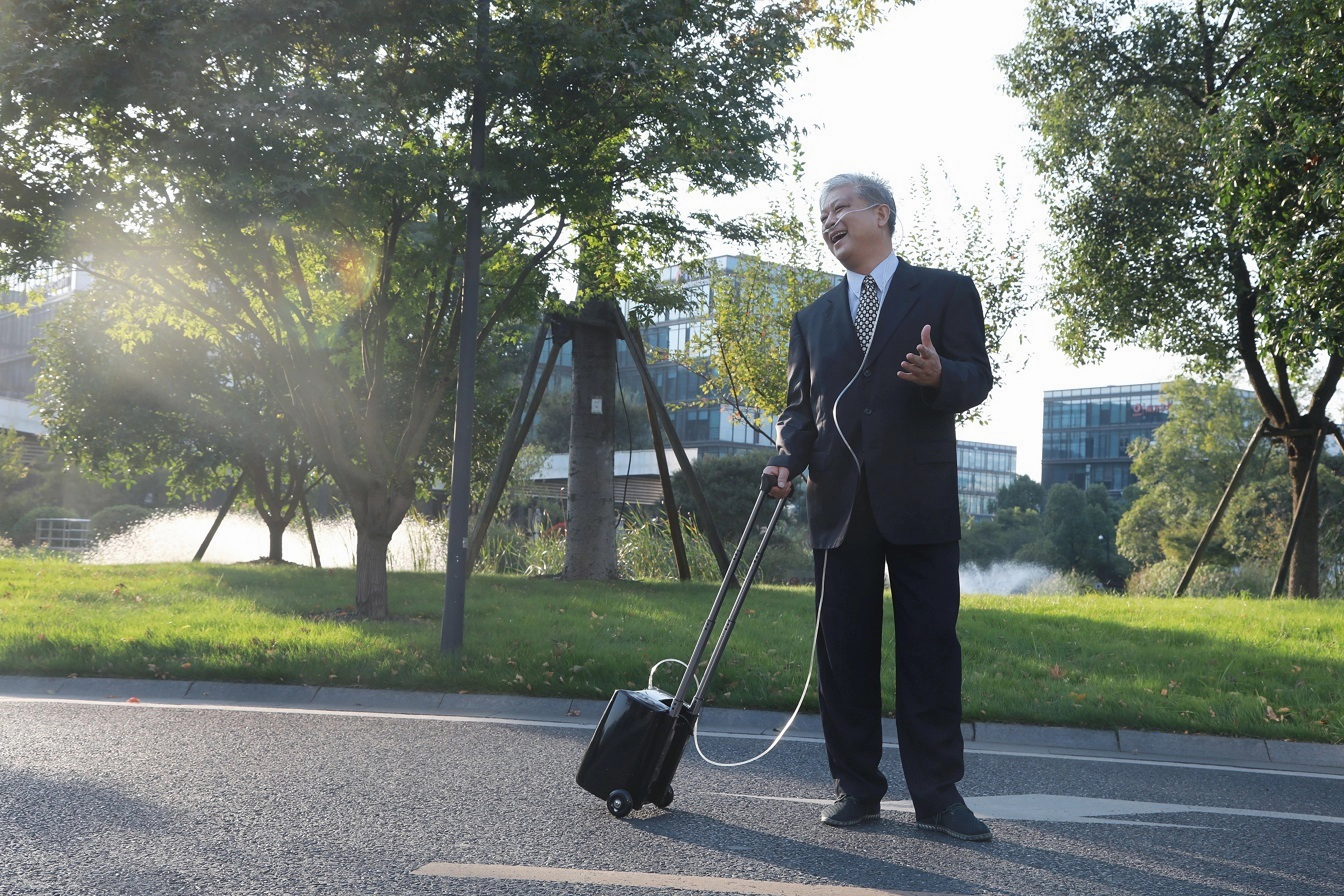Introduction
Chronic obstructive pulmonary disease (COPD) refers to progressive, inflammatory lung conditions like emphysema and chronic bronchitis. Besides lung damage, COPD detrimentally impacts cardiovascular health. Many COPD patients have abnormally high resting heart rate, even surpassing 100 beats per minute. This warrants analysis of potential reasons, when to intervene, treatment goals and complications - issues explored in this article to inform patients and providers in managing this multifaceted disease.

I. Reasons for Increased Resting Heart Rate in COPD
1. Lung Function Decline Over Time Strains Heart
Heart and lungs closely interact, and COPD-related lung damage strains this cardiopulmonary connection. As COPD progresses, increasing airflow limitation and reduced gas exchange efficiency heighten the work of breathing. Respiratory muscles must labor harder physically to generate adequate ventilation. In response, the heart is recruited to pump faster circulating oxygenated blood to strained respiratory muscles. Typically, COPD patients have chronically higher resting oxygen consumption by respiratory muscles versus healthy individuals.
In early COPD, the heart rate may not obviously accelerate at rest. But over the years, as lung function worsens, the heart adapts too. Persistently working harder to oxygenate strained respiratory muscles, cardiac remodeling, including chamber enlargement, occurs alongside faster intrinsic heart rates in attempting to meet physiological demands. Whereas normal resting rate is 60-70 beats per minute, COPD patients often average over 80 beats per minute.
2. Heart Remodeling Additionally Causes Arrhythmias
Beyond simpler tachycardia, COPD frequently precipitates heart rhythm disturbances like atrial fibrillation - an irregularly fast heartbeat. Underlying lung inflammation, chronic hypoxemia, and neurohormonal imbalance, including elevated sympathetic nervous system tone, foster electrical instability. Consequently, COPD patients have 3-5 times higher likelihood of developing arrhythmias compared to their healthier counterparts.
II. Increased Rate Situations Warranting Evaluation
1. Resting Rate Spiking Over 100 Beats Per Minute
If COPD patients' resting heart rate suddenly escalates well above their baseline, exceeding 100 beats per minute, acute illness like pneumonia or pulmonary embolism may be brewing, requiring prompt assessment. While not every instance of tachycardia warrants immediate hospitalization, unexplained resting rate excursions always deserve investigation.
2. Accelerated Rate Indicates COPD And Potentially Cardiac Complications
Beyond preceding lung function impairment, tachycardia also predicts preventable downstream complications if left ignored. It indicates the cardiopulmonary system is strained, seeking relief through heightened ventilation and oxygen circulation. Thus, determining tachycardia's underlying cause proves critical, as interventions like medications and pulmonary rehabilitation may help lessen undue cardiac and respiratory burden.

III. Resting Tachycardia Intervention Thresholds
1. Below 70 Beats Per Minute May Not Require Immediate Treatment
If the heart rate remains less than 70 beats per minute at rest without concerning symptoms or known heart disease in a COPD patient, medications may not offer benefit initially. However, serial evaluations are still prudent to monitor for progression over months to years.
2. Stricter Rate Control Needed With Concurrent Heart Disease
If illnesses like heart failure, prior heart attacks, or arrhythmias like atrial fibrillation coincide with COPD, tighter rate control per relevant guidelines helps avoid complications. Target rate thresholds become more aggressive - below 60-65 beats per minute optimizes cardiac function compared to up to 70 beats per minute in COPD alone. This tighter control lessens oxygen demand and prevents adverse cardiac remodeling changes.
3. Assess Related Cardiac Structural Changes Over Time
Since tachycardia suggests cardiopulmonary overexertion, assessing respiratory and cardiac changes through testing like echocardiography, ECG, chest imaging, and labwork proves useful, particularly if performed serially over the years. Results reveal reasons underlying acceleration and complications like enlarged heart chambers or pulmonary hypertension requiring heightened monitoring or direct intervention.
IV. Approaches For Controlling Increased Heart Rate
1. Target Rate Over 50 Beats Per Minute With Coronary Heart Disease
Given COPD patients' elevated cardiovascular risk, the minimum heart rate target for those with angina or prior heart attacks is over 50 beats per minute. This higher-than-normal minimum rate ensures sufficient coronary artery blood supply to the damaged heart muscle. However, many patients require stricter control below 60 to prevent ischemia symptoms.
2. Medications & Procedures To Lower Heart Rate
If patients cannot achieve rate control targets through options like respiratory therapies alone, additional interventions often used include beta-blockers, calcium channel blockers, and ablation procedures to lessen resting tachycardia complications.
3. Assess Cardiac Structural Changes With Echocardiography
Because tachycardia suggests overexertion, serial echocardiograms help quantify COPD's effects on the heart over the years. Enlargement of right heart chambers fuels rising pulmonary hypertension risk, warranting closer follow-up and consideration of starting medications to lower pressures. Ongoing monitoring guides treatment intensification, aiming to alleviate strain and prevent progression.

V. Conclusion
When COPD patients have a resting heart rate of over 100 beats per minute consistently, it signals that their disease may worsen quicker. This fast heart rate shows their heart and lungs are working too hard.
Doing tests like heart ultrasound and lung function testing can find the root cause of the elevated rate. Then, treatments can match the symptoms and issues.
Combining COPD inhaler medicine, activity training, and medicine for heart rate can help regain control. This tackles the fast pulse and related chain of health impacts.
Keeping heart rate reined in remains crucial for protecting COPD patients' daily life and wellness over the years. Managing tachycardia and lung damage together achieves better outcomes long term.
Read More
- Working Principle of Portable Oxygen Concentrator - Lovego Medical
- How To Solve Beeping Alarms on Your Oxygen Concentrator - Lovego Medical
- Select the Right Portable Oxygen Concentrator for Active Lifestyles - Lovego Medical
- How to Choose a Right Device - Lovego Medical
- Choosing Your idea POC: Pulse vs. Continuous Flow - Lovego Medical





Leave a comment
This site is protected by reCAPTCHA and the Google Privacy Policy and Terms of Service apply.